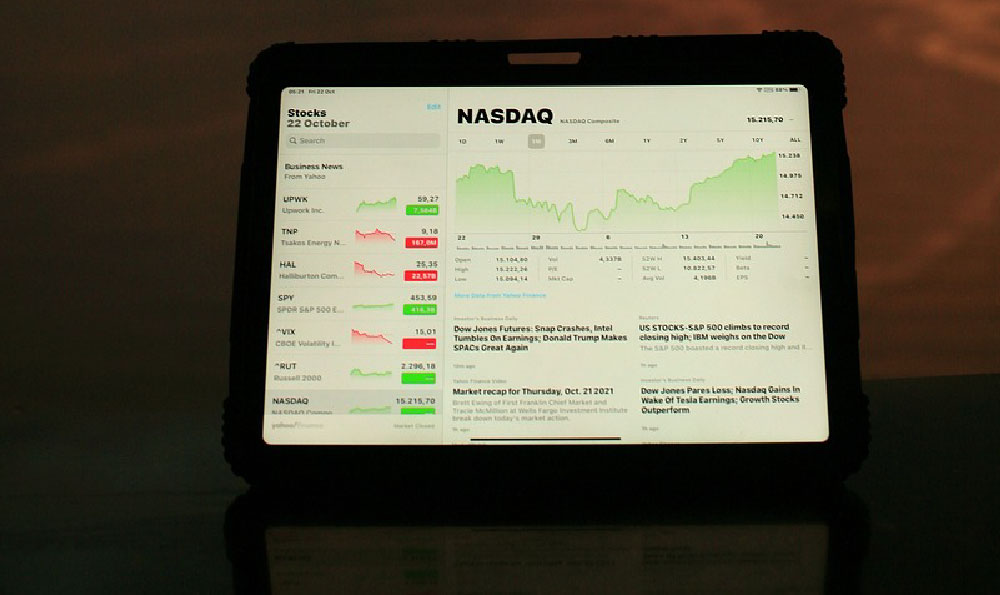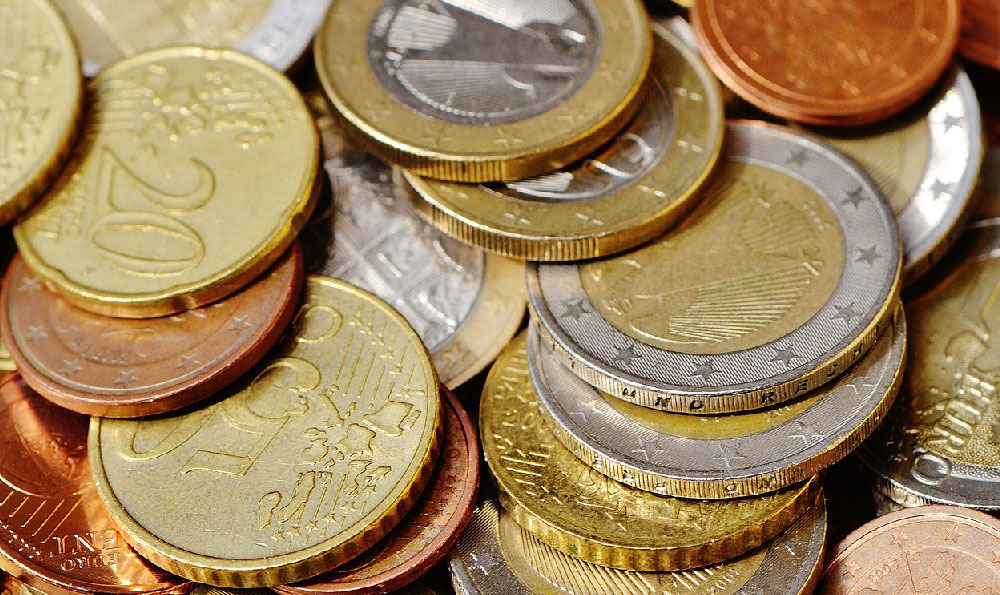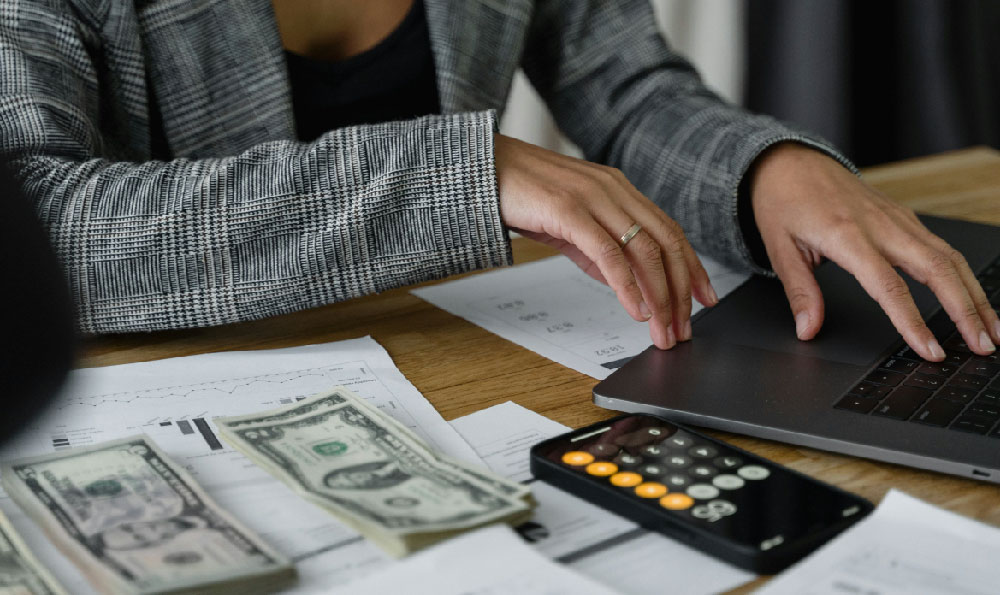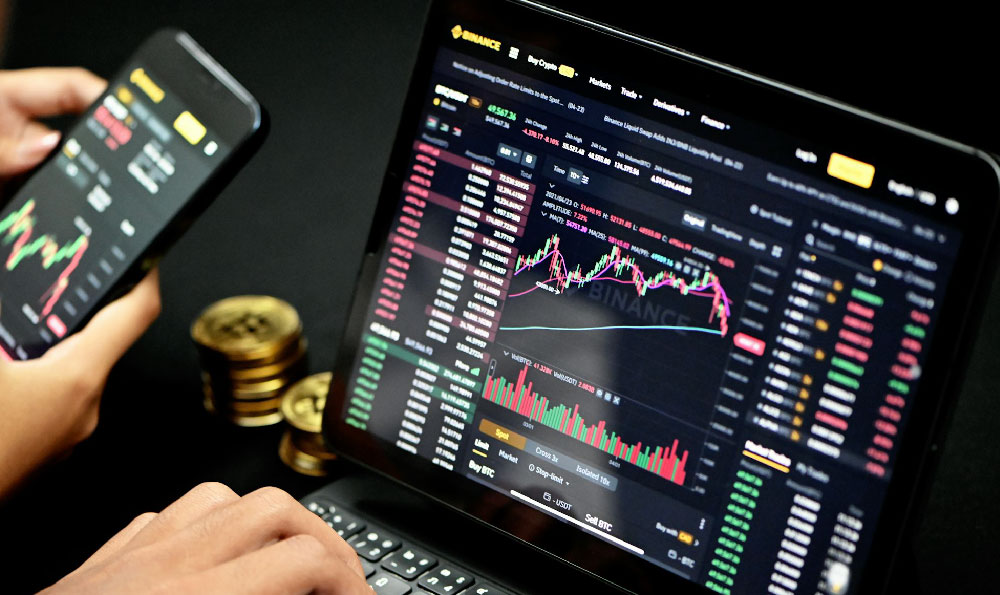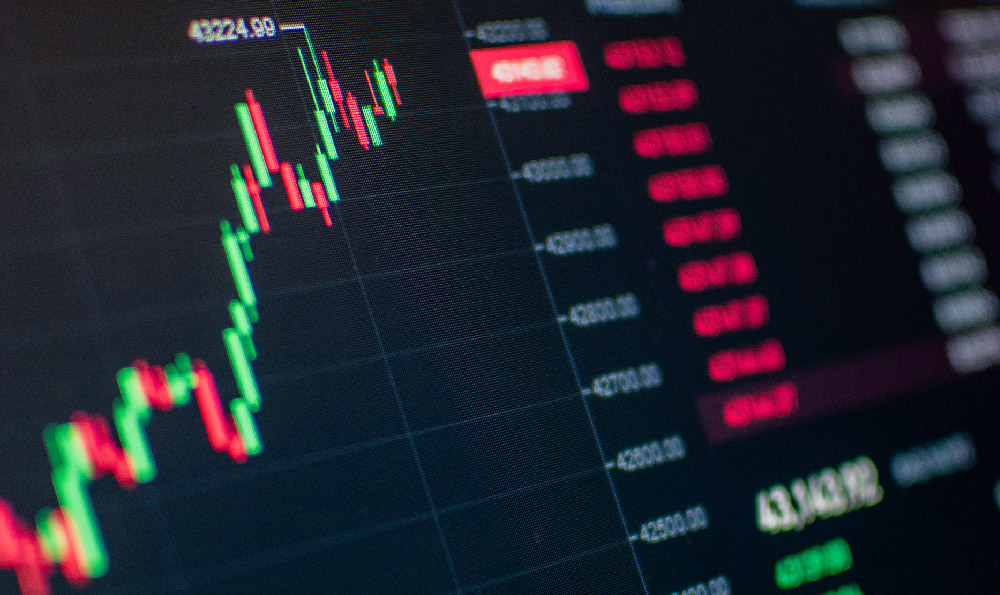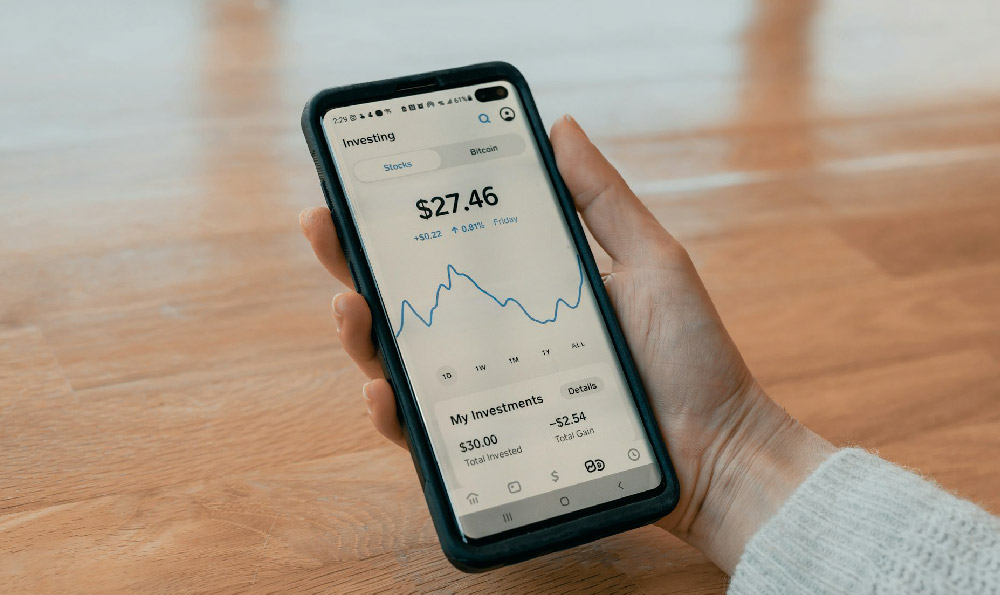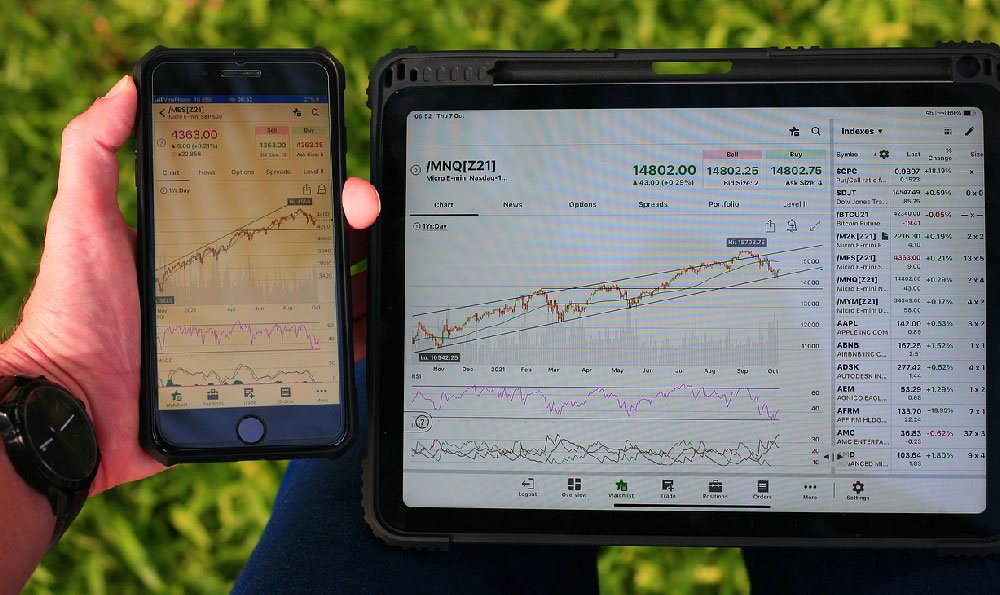Money, in its various forms, seems ubiquitous and essential to modern life. But understanding why it possesses value, and the intricate mechanisms used to maintain that value, is crucial for anyone navigating the financial landscape, especially in the evolving world of digital assets.
The value of money isn't inherent; it's a construct, a social agreement underpinned by trust and belief. Historically, the value of money was often tied directly to a commodity, such as gold or silver. This is known as commodity money. The value was relatively stable, backed by the intrinsic worth of the metal itself. People accepted it as payment because they knew they could, in turn, exchange it for something of perceived equal value based on the market price of that commodity.
However, most modern economies operate with fiat money. Fiat money derives its value from government regulation or law. It is declared to be legal tender, meaning it must be accepted as payment for debts. Unlike commodity money, fiat money isn't backed by a physical commodity. Its value stems from the faith and confidence people have in the issuing government and its ability to manage the economy. This confidence is arguably the most crucial element. If people lose faith in the government's ability to manage the currency, hyperinflation can occur, rendering the money virtually worthless, as historical examples like Zimbabwe and Venezuela vividly demonstrate.
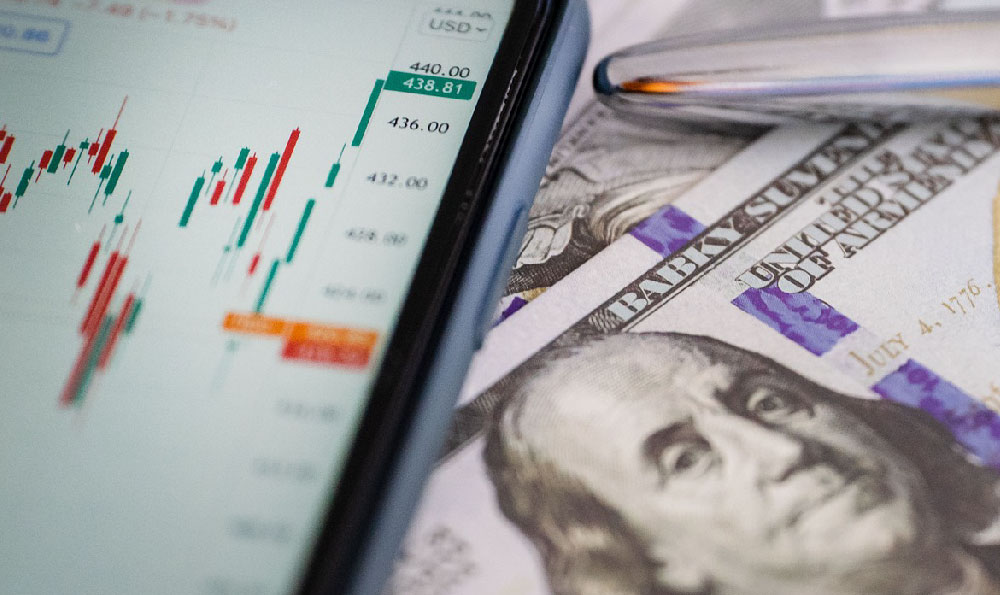
Several mechanisms work together to maintain the value of fiat money. Central banks play a pivotal role through monetary policy. They control the money supply and interest rates to influence inflation and economic growth. For instance, raising interest rates makes borrowing more expensive, which can curb spending and cool down an overheating economy, thus keeping inflation in check. Conversely, lowering interest rates encourages borrowing and spending, stimulating economic growth when needed.
Inflation, the rate at which the general level of prices for goods and services is rising, directly impacts the purchasing power of money. Central banks typically target a specific inflation rate (often around 2%) to maintain price stability. If inflation rises too high, the value of money erodes, meaning people can buy less with the same amount of money. Deflation, while seemingly beneficial as prices decrease, can also be harmful. It can lead to decreased spending and investment as consumers anticipate further price drops, potentially triggering a recession.
Government fiscal policy also plays a significant role. Sound fiscal management, including responsible spending and tax policies, contributes to economic stability and reinforces confidence in the currency. Excessive government debt or unsustainable deficits can undermine confidence and lead to currency devaluation. A strong and stable economy, characterized by low unemployment, healthy growth, and a positive trade balance, further bolsters the value of money.
Furthermore, global economic conditions influence a currency's value. Exchange rates, the price of one currency in terms of another, are determined by supply and demand in the foreign exchange market. Factors such as trade balances, interest rate differentials, and political stability affect these exchange rates. A country with a strong economy and stable political environment is likely to have a stronger currency, attracting foreign investment and increasing demand for its currency.
Now, considering virtual currencies, the question of value becomes more complex. Most cryptocurrencies, like Bitcoin, operate on a decentralized, blockchain-based system. Their value is determined by supply and demand, but also influenced by factors such as network security, adoption rate, and perceived utility. Bitcoin, for example, has a limited supply of 21 million coins, which some argue provides a hedge against inflation. However, its volatility makes it a risky asset, and its value is highly susceptible to speculation and market sentiment.
Stablecoins are a type of cryptocurrency designed to maintain a stable value relative to a reference asset, such as the US dollar. They achieve this through various mechanisms, including being backed by reserves of fiat currency or other assets, or through algorithmic mechanisms that adjust the supply of the stablecoin to maintain its peg. While stablecoins offer a more stable option compared to volatile cryptocurrencies, they also come with their own risks, such as the transparency and security of their reserves.
In the realm of virtual currencies, trust plays an even more critical role. Users must trust the underlying technology, the developers, and the security of the network. Any perceived vulnerabilities or security breaches can significantly impact the value of a cryptocurrency. Moreover, regulatory uncertainty surrounding cryptocurrencies adds another layer of complexity and can influence their adoption and value.
Protecting one's assets in the face of these dynamics requires a multifaceted approach. Diversification is key. Don't put all your eggs in one basket. Spread your investments across different asset classes, including stocks, bonds, real estate, and even a small allocation to cryptocurrencies, depending on your risk tolerance.
Conduct thorough research before investing in any asset, especially virtual currencies. Understand the underlying technology, the risks involved, and the team behind the project. Be wary of hype and promises of guaranteed returns. Remember, if something sounds too good to be true, it probably is.
Regularly monitor your investments and adjust your portfolio as needed. Economic conditions, market trends, and your personal circumstances can change over time, so it's important to stay informed and adapt your investment strategy accordingly.
Finally, consider seeking professional financial advice. A qualified financial advisor can help you develop a personalized investment plan that aligns with your goals and risk tolerance, and can provide guidance on navigating the complex world of finance and virtual currencies. By understanding the principles that underpin the value of money and employing prudent investment strategies, you can increase your chances of achieving your financial goals and protecting your wealth in the long run.



